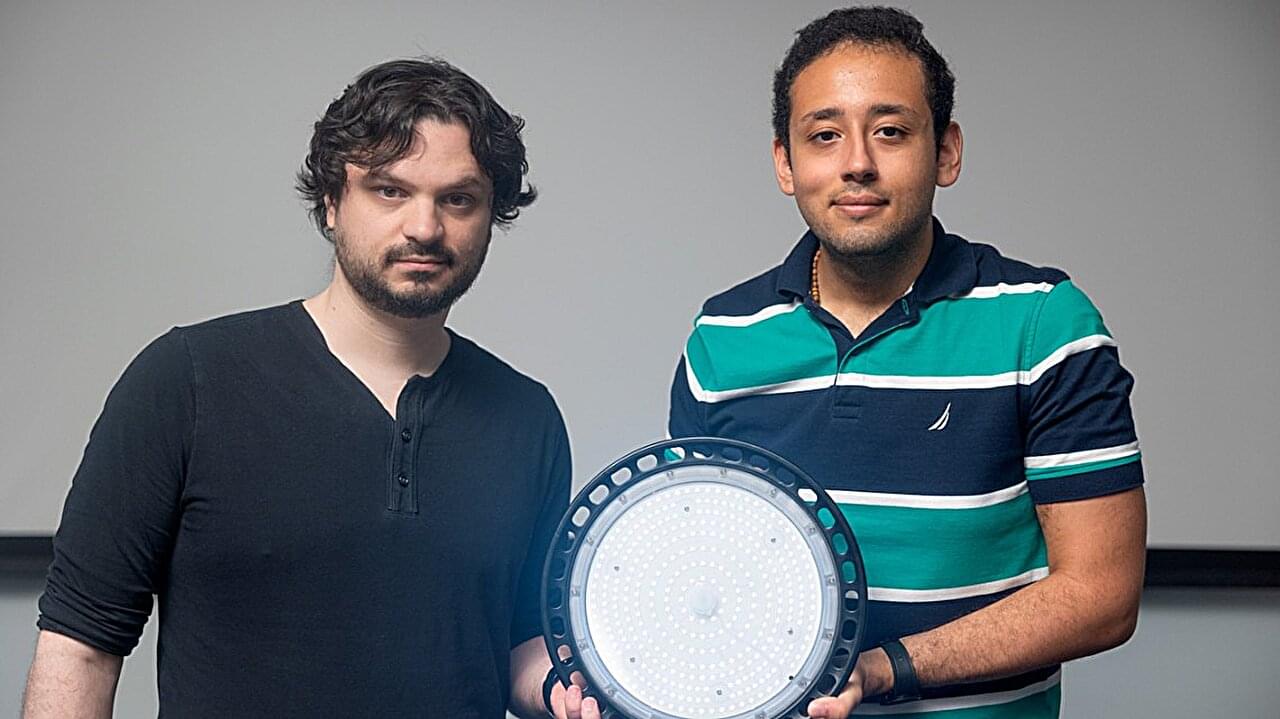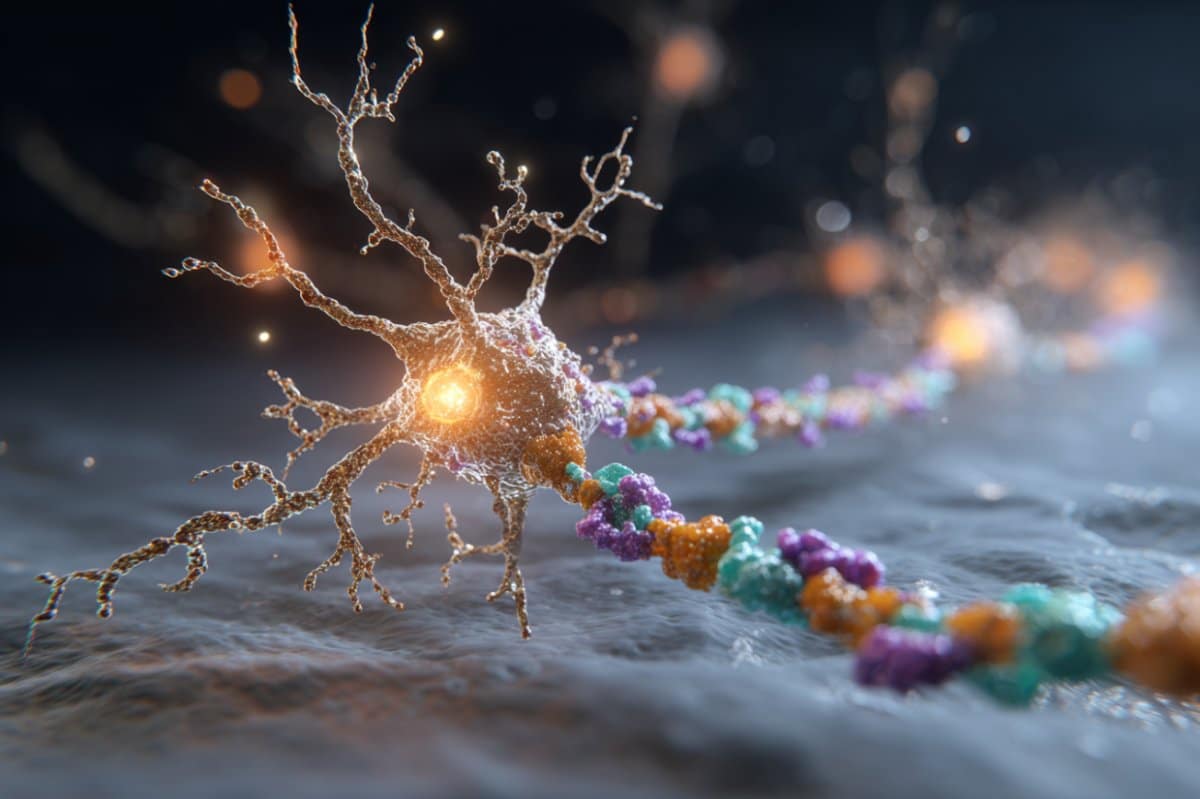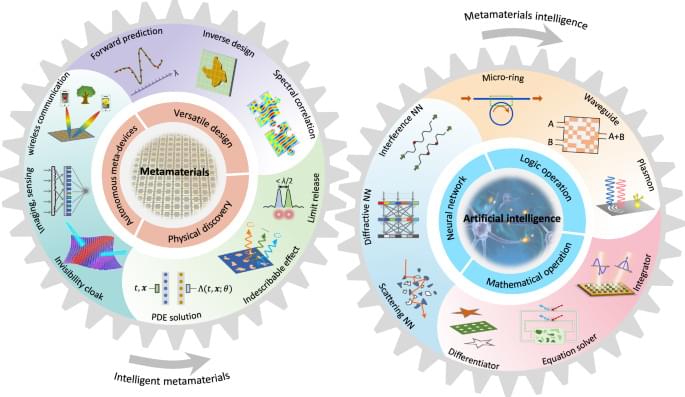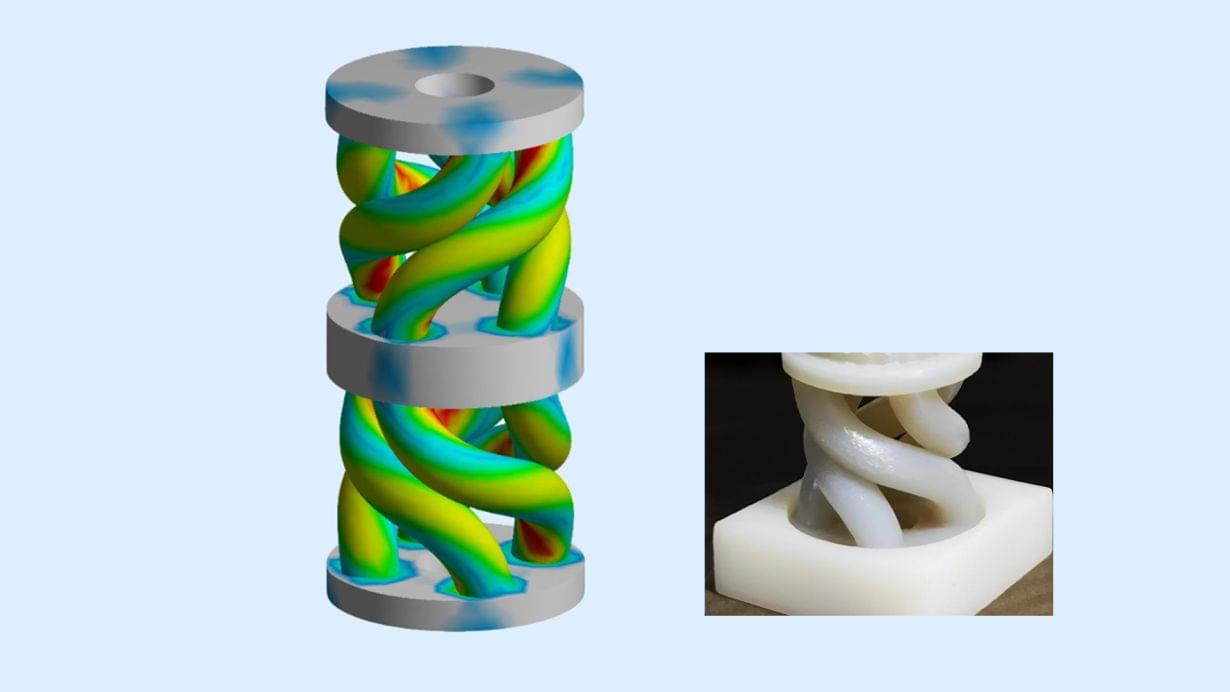Fact-checkers may have a new tool in the fight against misinformation.
A team of Cornell researchers has developed a way to “watermark” light in videos, which they can use to detect if video is fake or has been manipulated.
The idea is to hide information in nearly-invisible fluctuations of lighting at important events and locations, such as interviews and press conferences or even entire buildings, like the United Nations Headquarters. These fluctuations are designed to go unnoticed by humans, but are recorded as a hidden watermark in any video captured under the special lighting, which could be programmed into computer screens, photography lamps and built-in lighting. Each watermarked light source has a secret code that can be used to check for the corresponding watermark in the video and reveal any malicious editing.







